What Cherrybrook could look like in 2037 as The Hills transforms
Part 1: A TRANSFORMATION, the likes of which has never been seen, is already under way in The Hills Shire. Take a look at what Cherrybrook may look like in 20 years.
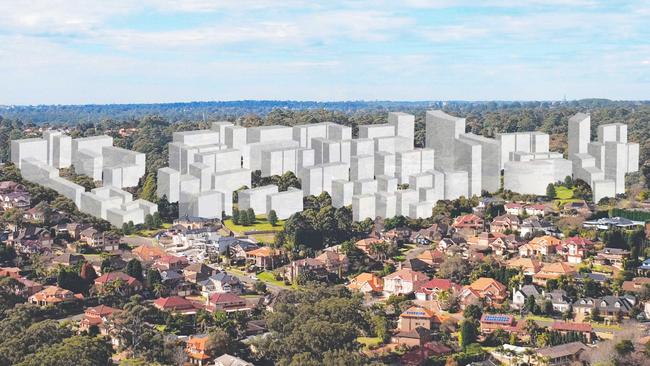
Hills Shire
Don't miss out on the headlines from Hills Shire. Followed categories will be added to My News.
- Cherrybrook could become a “sustainable urban village”
- Brakes put on South Dural development proposal
- Hills urban bypass proposed for Annangrove Road
A TRANSFORMATION, the likes of which has never been experienced, is already under way in The Hills Shire.
A new metro line is coming, developers are snapping up prime real estate close to future stations and transport corridors, and new highrises — such as Atmosphere in Castle Hill and Modena in Baulkham Hills — are already beginning their climb skywards.
The current population of The Hills shire is 168,730. According to the Greater Sydney Commission, this is forecast to grow by 125,350 to 294,000 by 2036.
Click on the arrows below to see the proposed developments:
Much of the growth will be attributed to the introduction of the Sydney Metro Northwest in early 2019 and the associated high-density growth around the metro stations, as well as the continued introduction of greenfield developments around Rouse Hill and Box Hill.
According to The Hills Corridor Strategy, The Hills Shire Council anticipates that 25,524 new homes will be built around the rail precincts of Cherrybrook, Castle Hill, Showground, Norwest, Bella Vista, Kellyville and Rouse Hill — most medium- to high-density. Around those same precincts, an additional 57,818 jobs could be created.
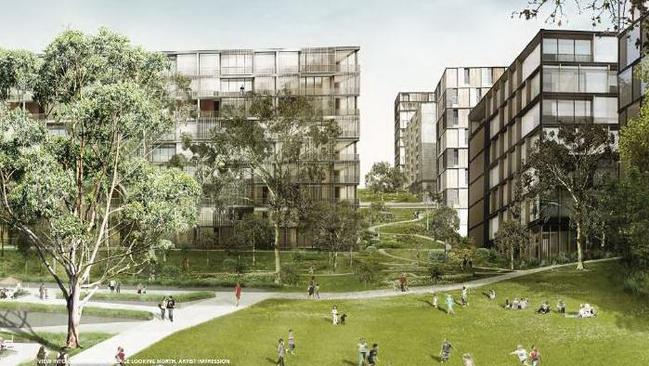
These changes will be transformative to The Hills lifestyle, according to social demographer and Hills resident Mark McCrindle.
“It is going to create a whole lot of new things that that The Hills hasn’t had before,” he said.
“Mixed use will become the new reality around the stations. For the first time in history, instead of jumping into a car to go to the shops or a cafe, we really will have walkable neighbourhoods.
“These new developments will have that small shopping strip space. What we will start to see develop is the cafe culture.”
Coaxing people out of their cars will be crucial to the success of future development, but the traffic won’t be generated by new highrise development, according to The Hills Shire Council’s strategic planning group manager Michael Edgar.
According to Mr Edgar, greenfield developments such as North Kellyville and Box Hill will be the greatest contributers to traffic.
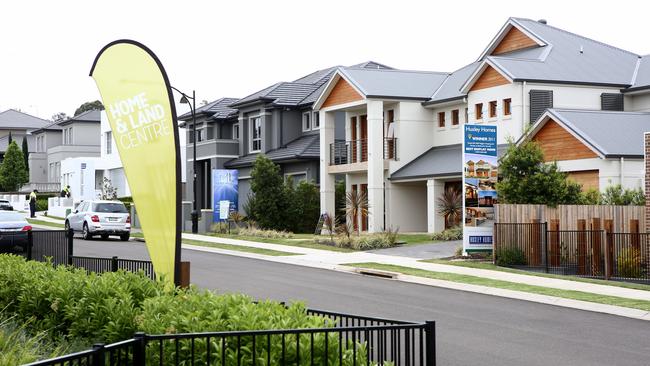
North Kellyville is expected to have 4500 new homes constructed and Box Hill 9600 new homes.
While unit dwellers generally have around one car per family on average, detached dwellings in The Hills can add as many as four cars each to the road.
“Our problem traffic is not the local traffic but the regular movement of people through the town centres,” he said.
“If you could remove that traffic from the town centres then there would be a lot more capacity. The vast majority of people are travelling through a town centre — they are trying to connect to a regular destination.”
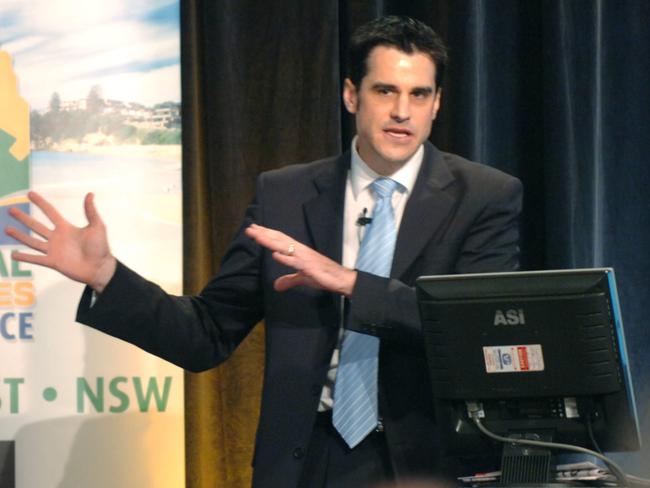
Steering these cars away from town centres is one part of the challenge and projects such as the Annangrove Rd bypass, revealed in last week’s Times, are part of that process.
But getting commuters off the roads and onto public transport, such as the metro and buses, is the other part of the challenge.
“The challenge is, how do we get people to these metro stations? With cycleways, walkways and transitways, but only if they are very efficient,” he said.
“It has to be cheap, clean, reliable and predictable to convince people to get out of their cars.”
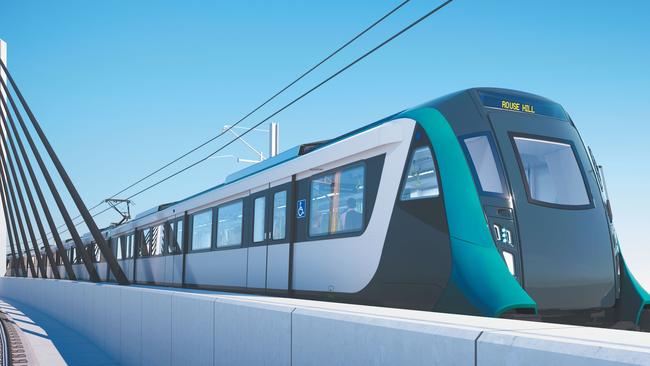
Mr McCrindle said that The Hills had a strong culture of young people settling close to the childhood family home – either within The Hills or in suburbs just beyond the fringe – and with affordability a major issue, apartment living would provide a more affordable option for these homebuyers, as well as their parents who may wish to downsize.
He also envisaged the creation of more “co-working spaces” — shared working environments similar to office environments but where the workers are not all necessarily employed by the same organisation, as well as innovation hubs.
Around these hubs, he foresees the creation of university campuses within office towers, and high schools co-located with them to create aspirational and collaborative study environments.
This will be important, as The Hills Shire Council estimates that an additional three high schools and 10 primary schools will be needed just for the 25,984 new residents within these precincts.
To date, only one new school — Bella Vista Primary School in Fairway Drive — has been promised by the State Government for these precincts.
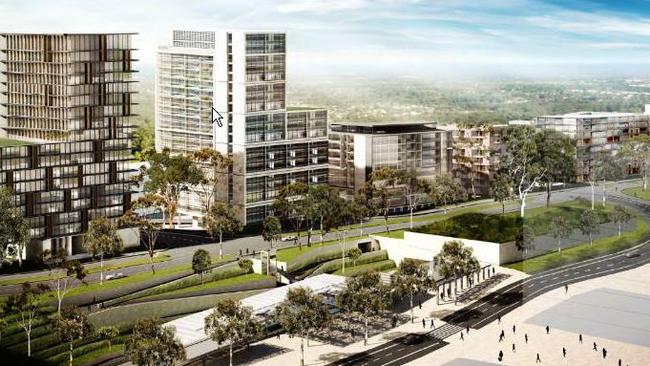
A WORD FROM THE EDITOR
Welcome to the first week of our special, seven-part series on what the future skyline of The Hills could look like in the year 2037.
Journey with us as we hop on the Sydney Metro Northwest at Cherrybrook and travel to each station through to Kellyville station, before paying a special visit to Baulkham Hills.
Bald numbers and bland data detailing population growth, upsized zonings, increased densities tell only part of the story.
To really imagine what is coming you have to see it laid out before you.
That’s why we have spent the past six months painstakingly combing through state and local government planning documents that are guiding building heights and densities in these areas, as well as development applications and planning proposals from developers.
Using this information we have modelled what we predict will be the future skylines of Cherrybrook, Castle Hill CBD, Castle Hill Showground, Norwest, Bella Vista, Kellyville and Baulkham Hills.
Modelling of this scale for The Hills’ town centres has never been done, so we hope you will join us as we gaze through the crystal ball for a unique and informative glimpse of what our shire could look like in 2037.
Next week, join us as we visit Castle Hill town centre.


